Airbnb Researchers Develop Chronon: A Framework for Developing Production-Grade Features for Machine Learning Models
Marktechpost
AUGUST 8, 2023
Transforming Data with Flexibility With Chronon’s SQL-like transformations and time-based aggregations, ML practitioners have the freedom to process data with ease. Online and Offline Results Generation Chronon caters to both online and offline data generation requirements.

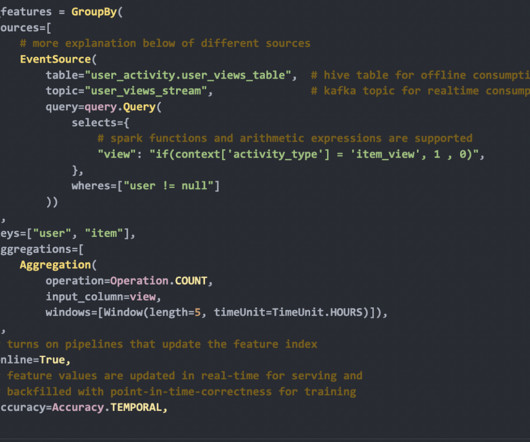

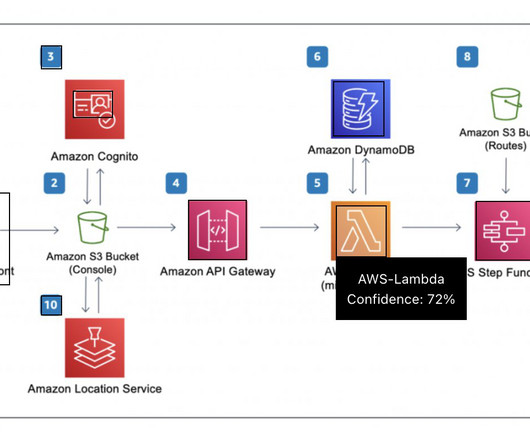
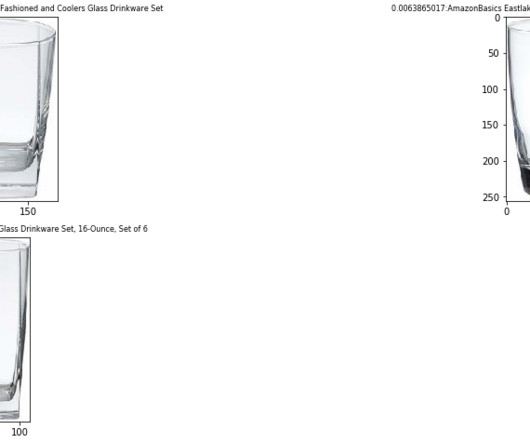
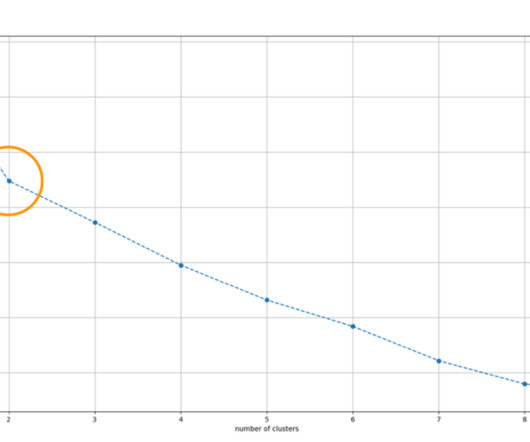


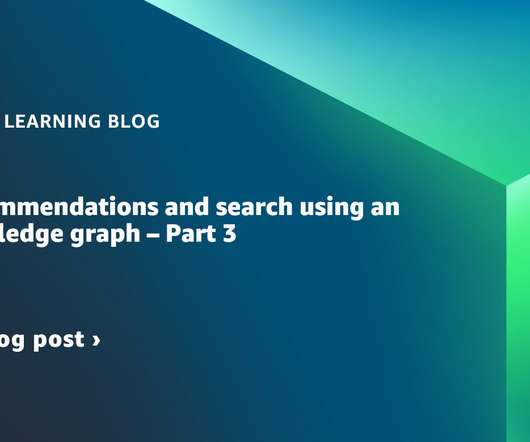
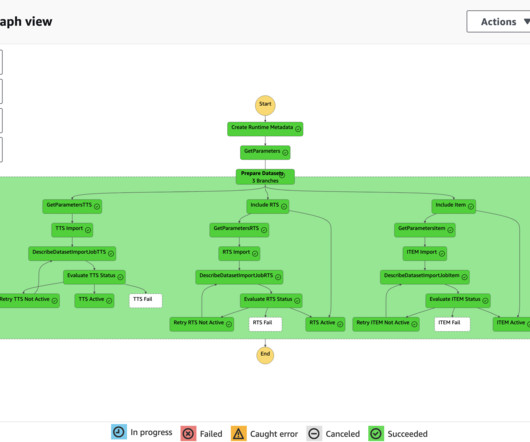



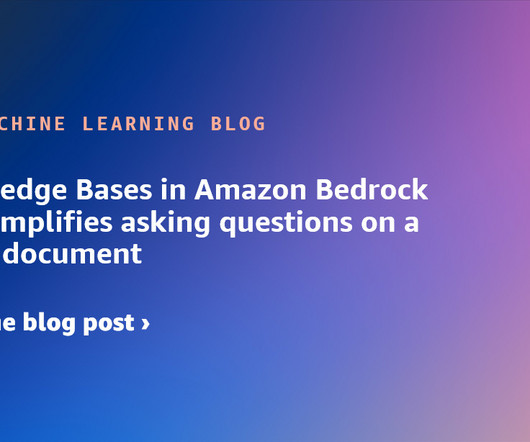








Let's personalize your content